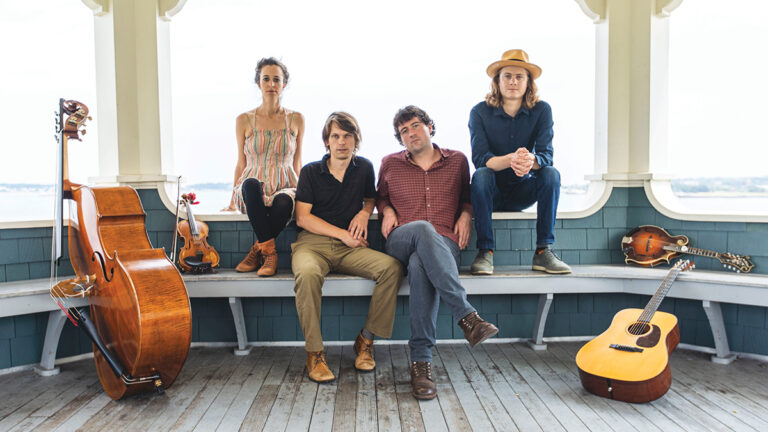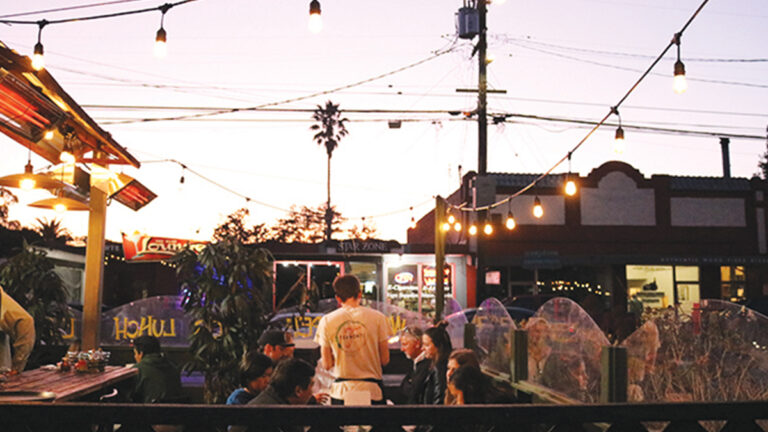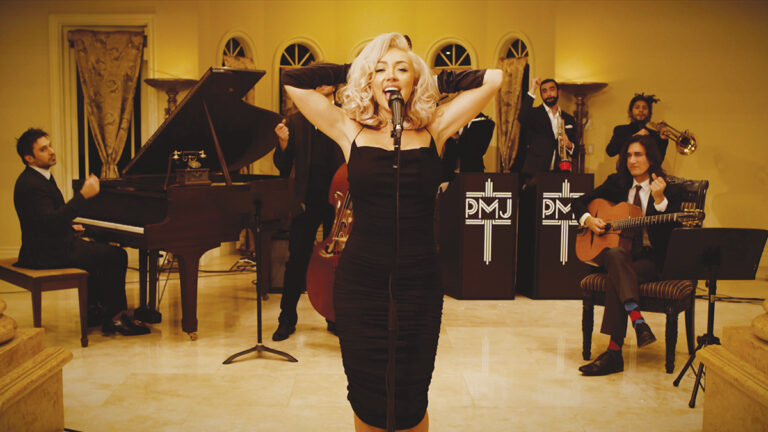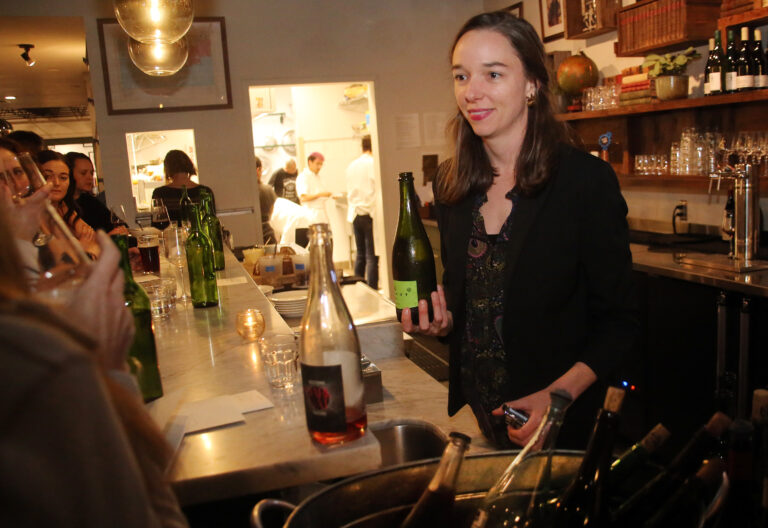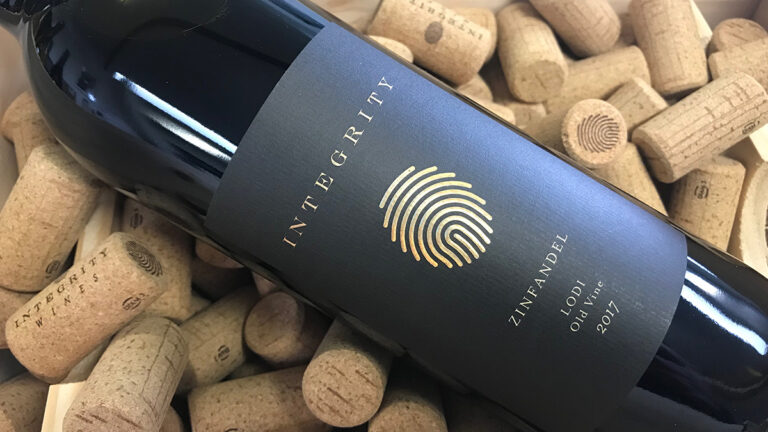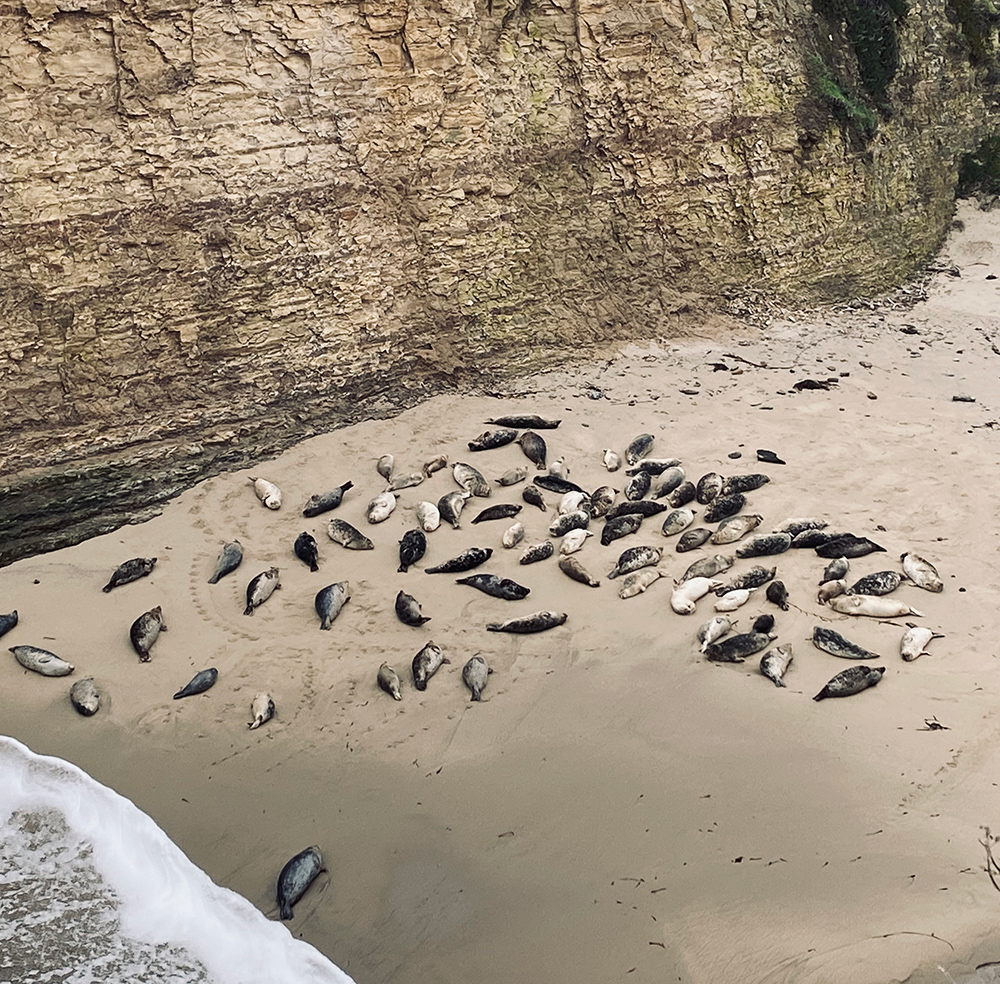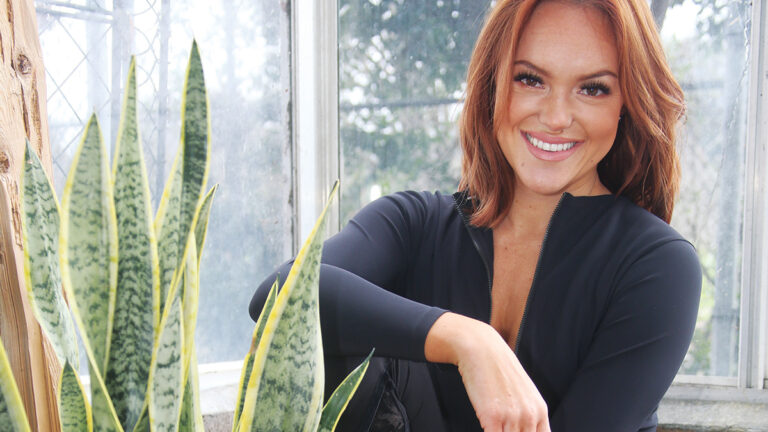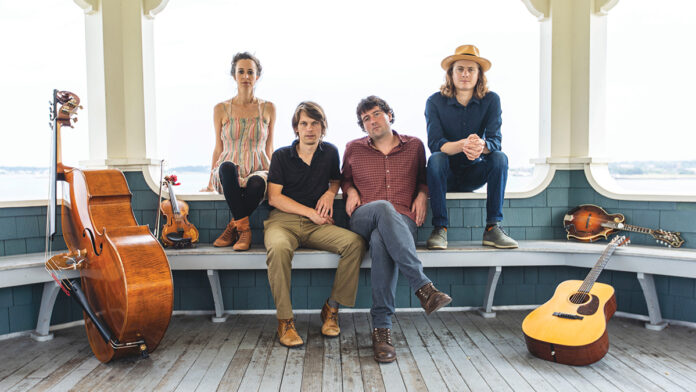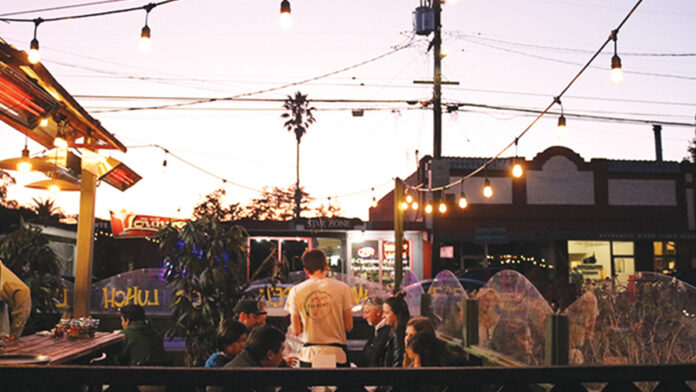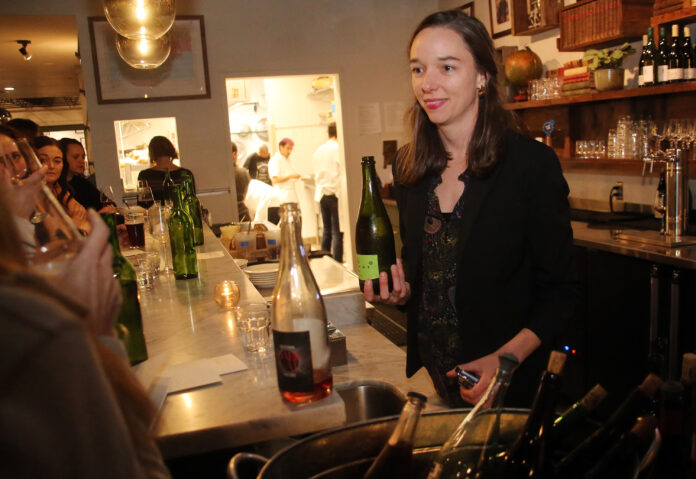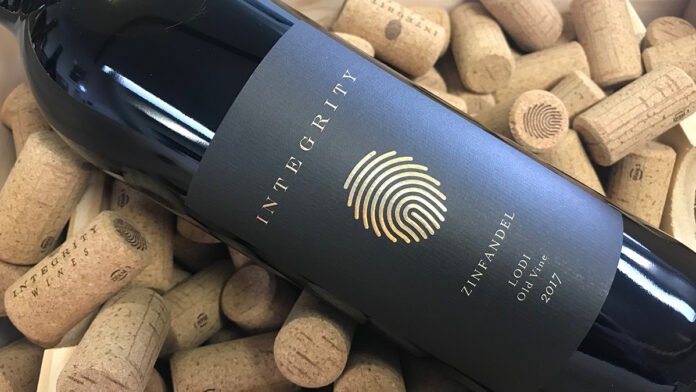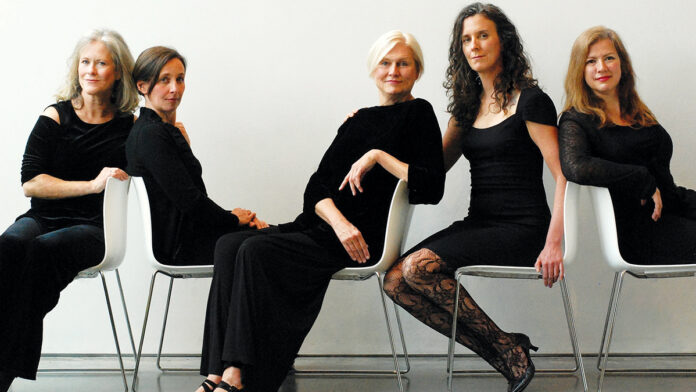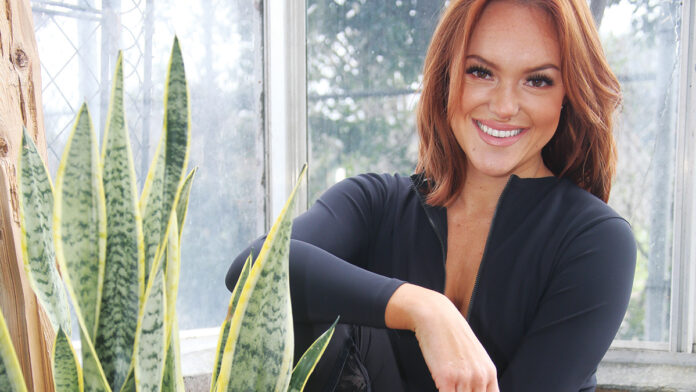Paul Kowert stood in the kitchen of his Nashville home, his upright bass in front of him.
Sitting nearby, guitarist Jordan Tice, Kowert’s bandmate from the bluegrass group Hawktail, placed a capo on the fifth fret of his six-string to give it a high-pitched key change. He began noodling out a slow, meditative picking pattern in F.
Kowert says his kitchen’s many hard surfaces add a resonance to each jam session. “Certain picked notes of the guitar can ring with particular clarity and volume in a room like a kitchen,” Kowert explains. Moved by what he heard, Kowert began playing a simple, smooth melody over Tice’s riffing.
Fiddler Brittany Haas—who was also at the kitchen table—chimed in, and they wrote about 95% of the resulting song in the next half hour. The last 5% took months.
The final four-minute tune, “In the Kitchen,” has three verses to it. Kowert carries the melody in the first, with Haas’ fiddle taking over in the second. The third verse starts off with Tice, the guitarist, playing lead, before the tune gets slowly absorbed into complementary, harmonizing string parts—carried primarily by Kowert and Haas.
The song served as my own introduction to Hawktail.
While working at GT’s office, I often listen to instrumental music, preferably songs light on percussion, to help me focus. The calming sounds prevent me from feeling either distracted or anxious while I stare at my laptop screen. One morning his past fall, I was listening to a Spotify playlist called “Soft Focus,” and Hawktail’s “In the Kitchen” was the third track, immediately following “Night After Sidewalk” by Kaki King.
Kowert says a lot of Hawktail’s listeners have found the band the same way I did. “I have to hand it to Spotify,” he tells me.
Hawktail is something of a bluegrass super group, particularly given the background and contributions of Kowert, the bassist for the Punch Brothers, and Haas, known for her work with Crooked Still, Dave Rawlings Machine and NPR’s “Live From Here with Chris Thile.” The quartet’s name plays off the last names of its four members—Haas, Kowert, Tice and mandolinist Dominic Leslie.
Many of the band members’ other musical projects write lyrically driven songs, but Kowert says the band is committed to keeping its music all-instrumental. “We can sing, but there’s something special about an act onstage presenting a cohesive set of instrumental music—that, as a listener, you journey away from the human voice,” he says.
Kowert knows full well that, for many listeners, instrumental music will always be something going on in the background, no matter how good it is. He says he’s just happy people are getting something out of the music. And there’s more than one way to listen, he says.
“I’ll put on a Bach cantata while I do the dishes. It’s beautiful music, and it fills the room with lovely sounds, but I could also spend a week looking at it, at the score,” he says, quietly chuckling at his own intensively studious habits.
In crafting songs, Hawktail’s members stray from the typical tropes of bluegrass—like a bassist hammering away at the one and the five notes, while a steadily predictable rhythm guitar pattern pushes songs quickly forward.
The group’s initial release came out in 2014, under the band name Haas-Kowert-Tice (this was before mandolinist Leslie joined the band). That album comes across as a powerful collection of intriguing motifs stitched together. The music in its 2018 follow-up Unless—the collection featuring “In the Kitchen”—is woven into contemplative performances, the sum of which add up to something more artful and more powerful. The band recorded Unless in a Lutheran church, inviting in Chris Eldridge, Kowert’s Punch Brothers bandmate, to produce.
Hawktail’s latest album Formations came out last month. The songs reverberate with more inventive techniques and an adventurous spirit.
“It’s just so cool that people give some patience to artists as they work on what they do,” he says. “There’s a back and forth there. There’s gratitude to the listeners that they go with you and hear you, no matter where you’re at.”
Hawktail plays at 8pm on Saturday, Feb. 15 at Michael’s on Main, 2591 Main St., Soquel. $20. 479-9777
Update 2/6/20,10:20am: A previous version of this story misreported the day of week of Hawktail’s show at Michael’s on Main.


